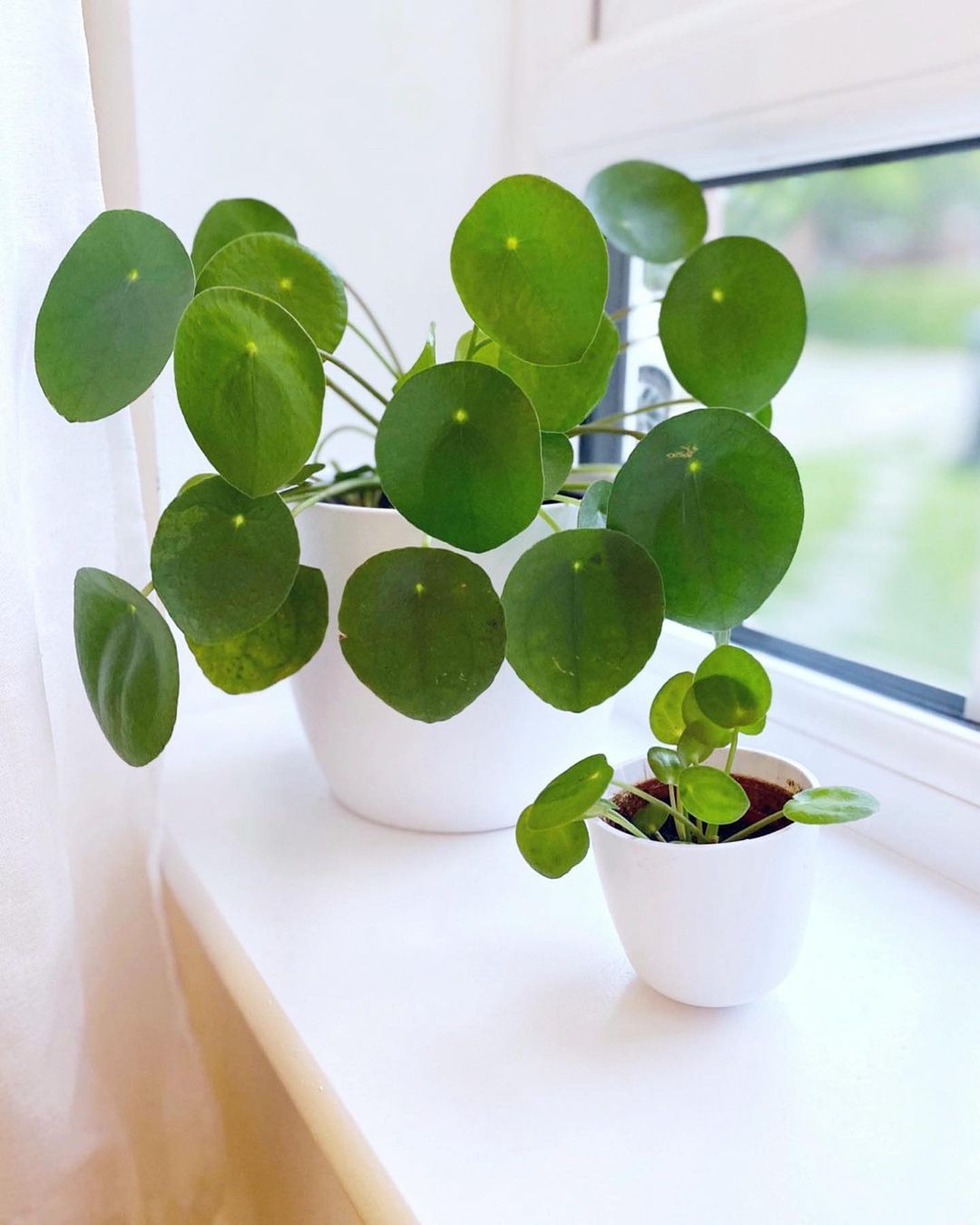Introduction
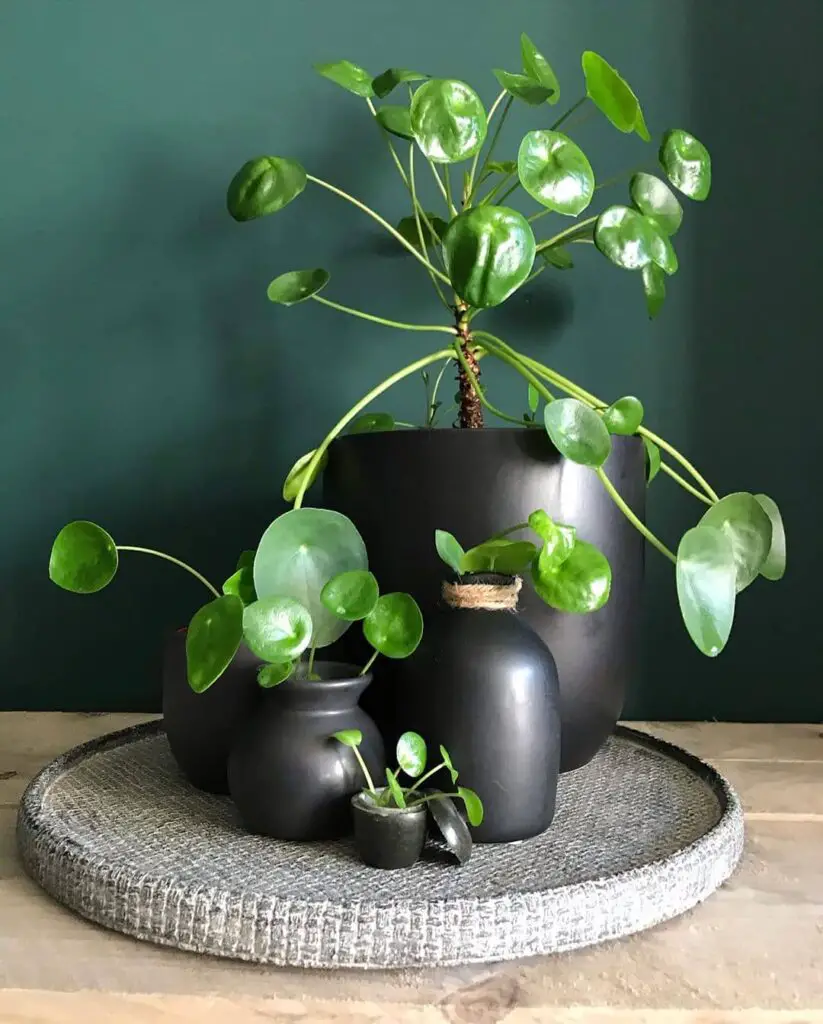
It is the fashionable houseplant: small (about 30 centimeters), with conspicuously round, fleshy leaves and bright green color. Its scientific name is Pilea Peperomioides and it is a perennial plant belonging to the Urticaceae family, a well-known family’s plant usually with stinging hairs filled with irritating histamines. Many plants in this family are considered weedy but are used as a medicinal plant. It bears a resemblance to Peperomia plants and is often confused with Peperomia Polybotrya.
What are Some of The Species of Chinese Money Plant?
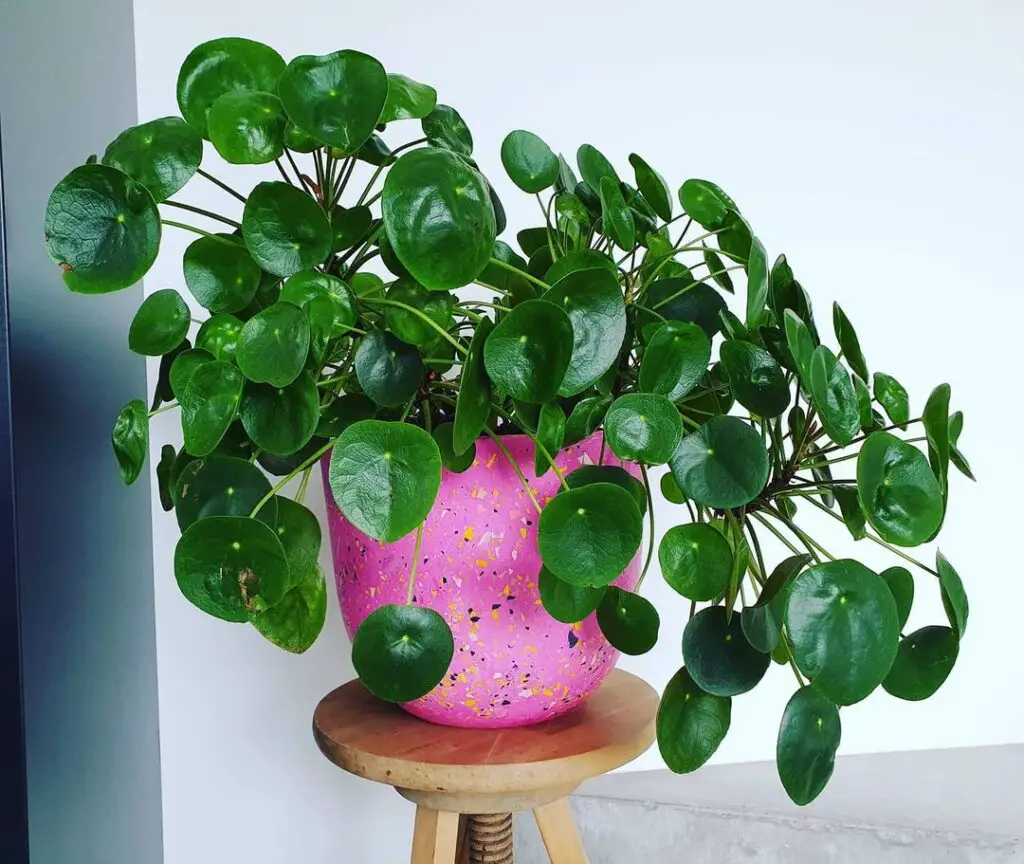
Pilea is the most extensive genus of the Urticaceae family, with between 500 to 715 species. Apart from the Pilea Peperomioides, the following species are found:
- Pilea cadierei
- Pilea cataractae
- Pilea crassifolia
- Pilea depressa
- Pilea fontana
- Pilea glauca
- Pilea grandifolia
- Pilea involved
- Pilea jamesonia
- Pilea laevicaulis
- Pilea Matama
- Pilea microphylla
- Pilea mollis
- Pilea myriophylla
- Pilea napoana
- Pilea nummulariifolia
- Pilea pollicaris
- Pilea pumila
- Pilea repens
- Pilea riopalenquensis
- Pilea schimpfii
- Pilea selbyanorum
- Pilea serpyllacea
- Pilea serratifolia
- Pilea topensis
- Pilea trianthemoides
- Pilea trichosanthes
- Pilea trilobata
- Pilea tungurahuae
Care Facts
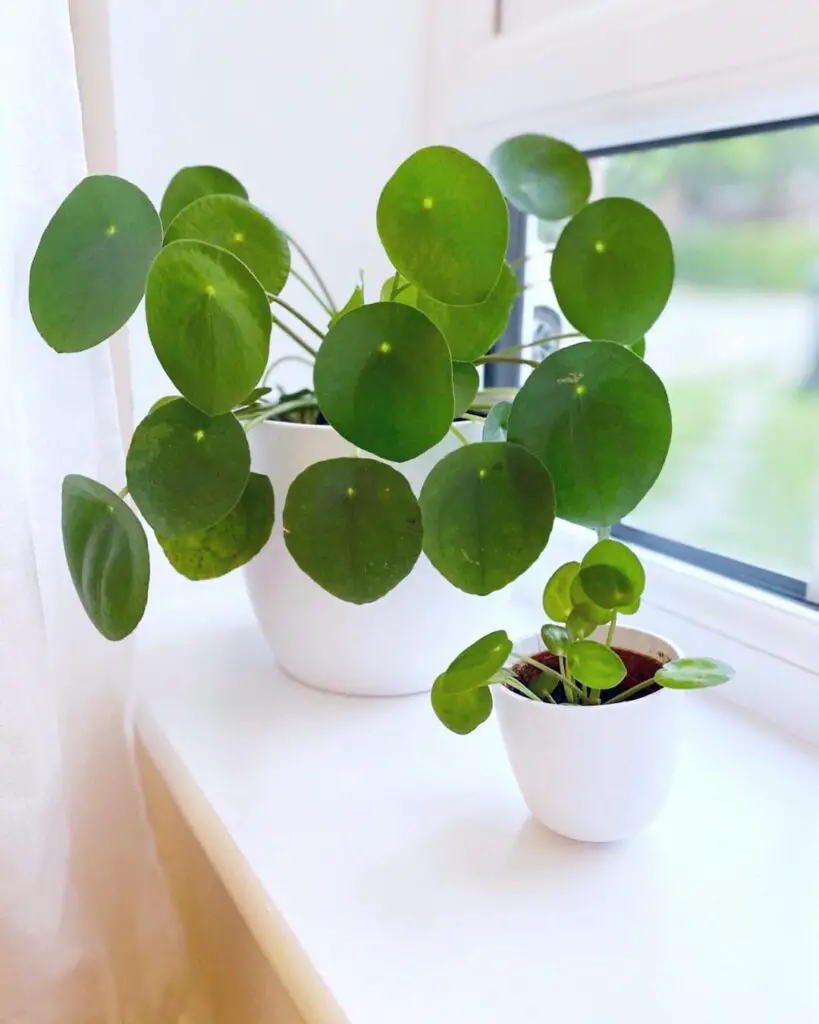
Light
The sun should not shine directly on its leaves for long. Indirect light is recommended.
Water
Moderate watering. No traces of water must accumulate in the pot, i. e., water every 1-2 weeks.
Temperature
Medium or high temperature. 20°C-25°C (68°F-77°F) and never below 50 ° F (10 ° C).
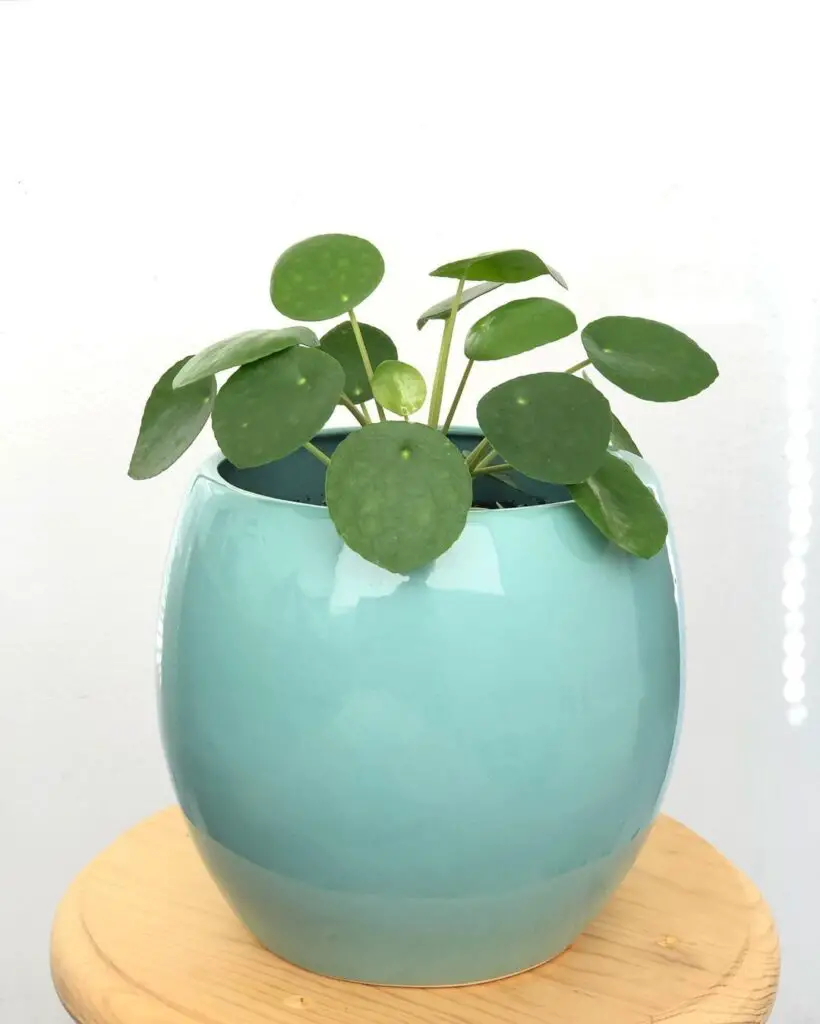
Humidity
Normal room humidity.
Fertilizer
Fertilize at least once a month with fertilizers rich in organic matter, such as liquid humus, to achieve a more compact and healthy growth and improve the different capacities of the soil.
Flowering
It is not a plant that constantly flowers. Its flowers are small, white and its stem is pink and can appear if the room is around a temperature of 10 ° C / 50 ° F.
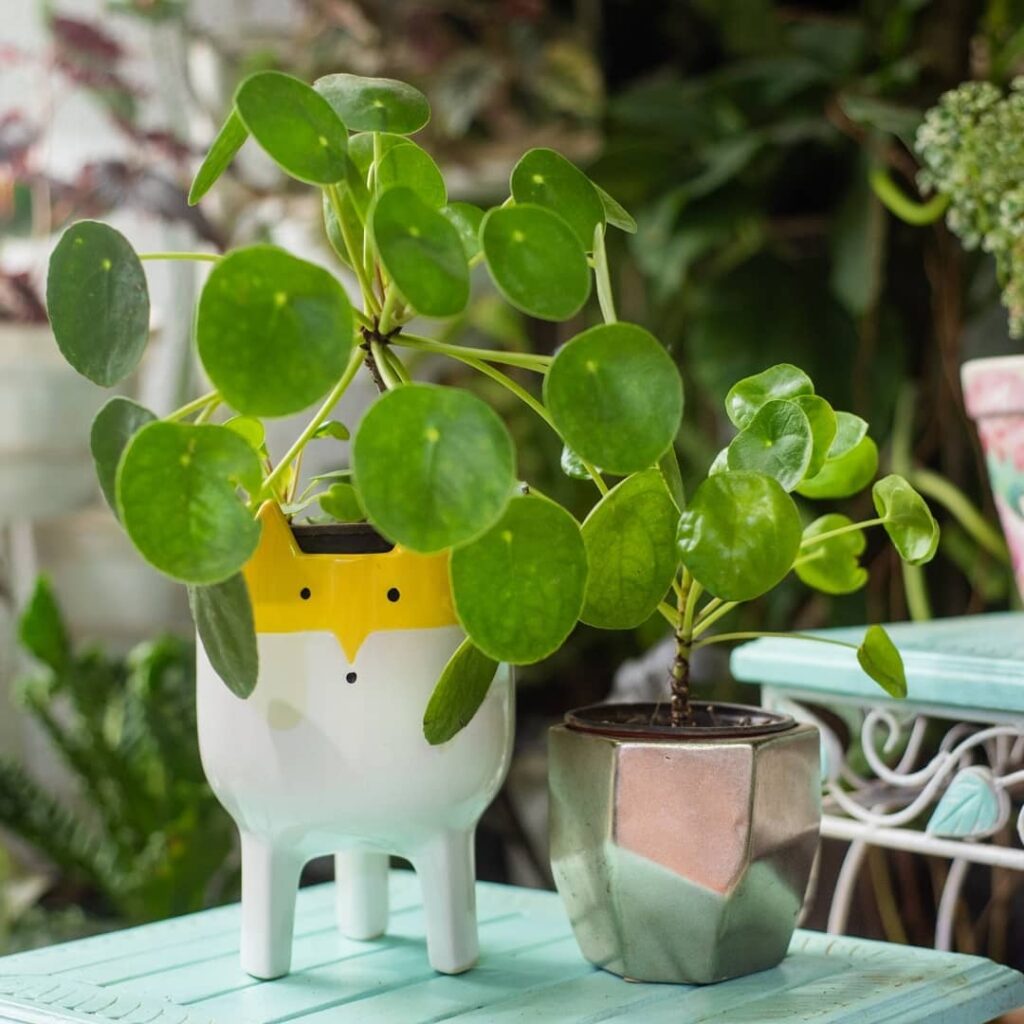
Pests
Aphid, spider mite, whitefly, cottony mealybug.
Diseases – Common Problems
Loss of leaf color, drying of leaf tips or shallow foliage in low light, wilting leaves, weak stems with excessive substrate moisture, wrinkling, drying of leaves at too high or extremely low temperatures, or very long droughts. The appearance of brown or yellow spots when exposed to direct sunlight.
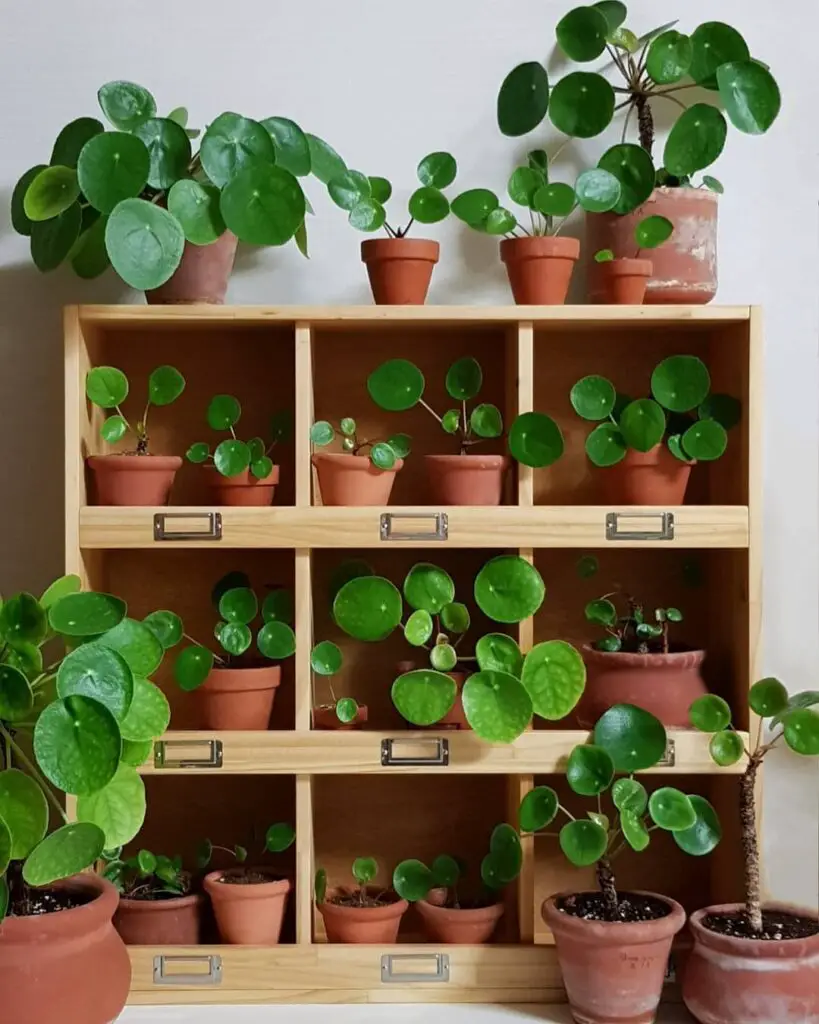
Pot Size
Basic pot of 12 cm diameter.
Poisons Plant Info
The Chinese money plant is not a Toxic plant.
Propagation
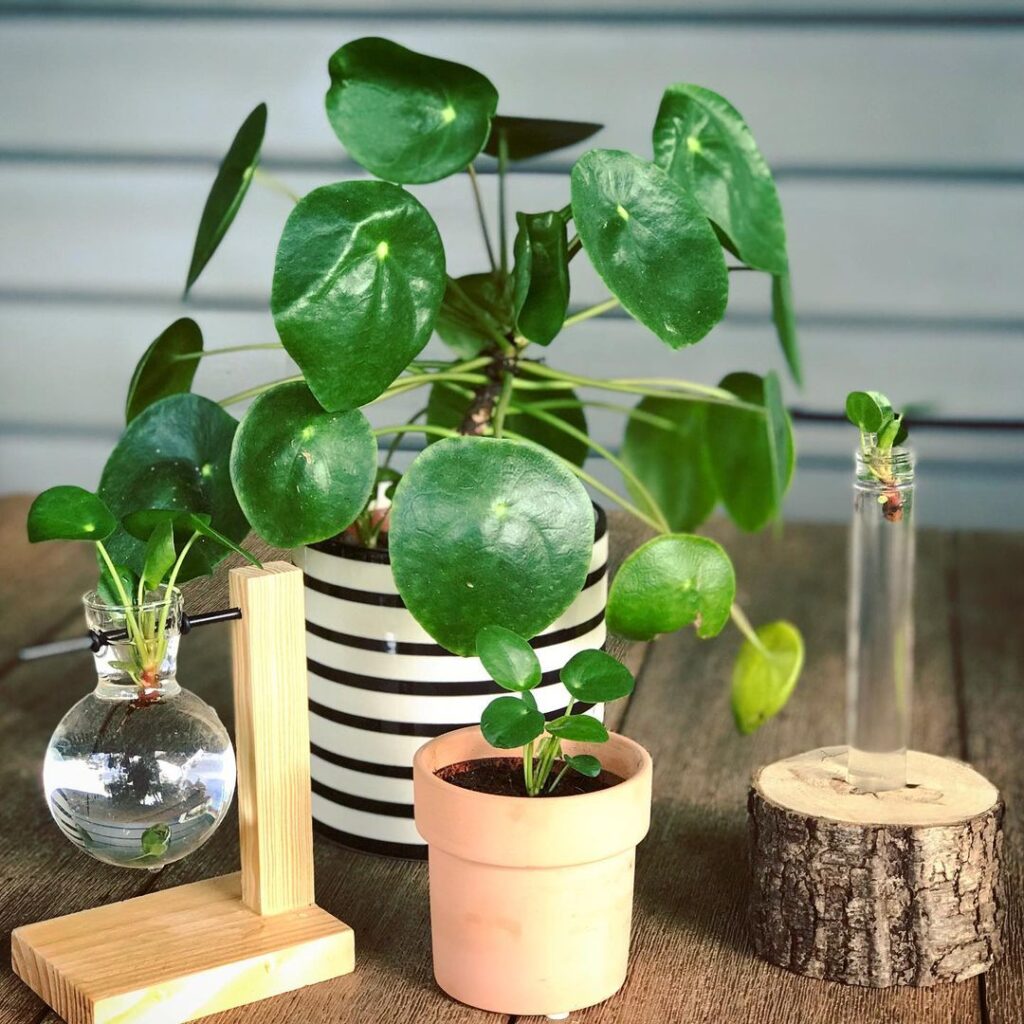
This plant produces babies in its own pot, both from their roots and their stems. You just have to take a series of babies with roots and transplant them to another pot with a light substrate.
Routine Maintenance
The pot must have drainage since the substrate must be dry from irrigation to irrigation. For the plant to grow upright, you need to rotate the pot once a week. Clean large leaves with a water spray and treat the fertilizer once a month.
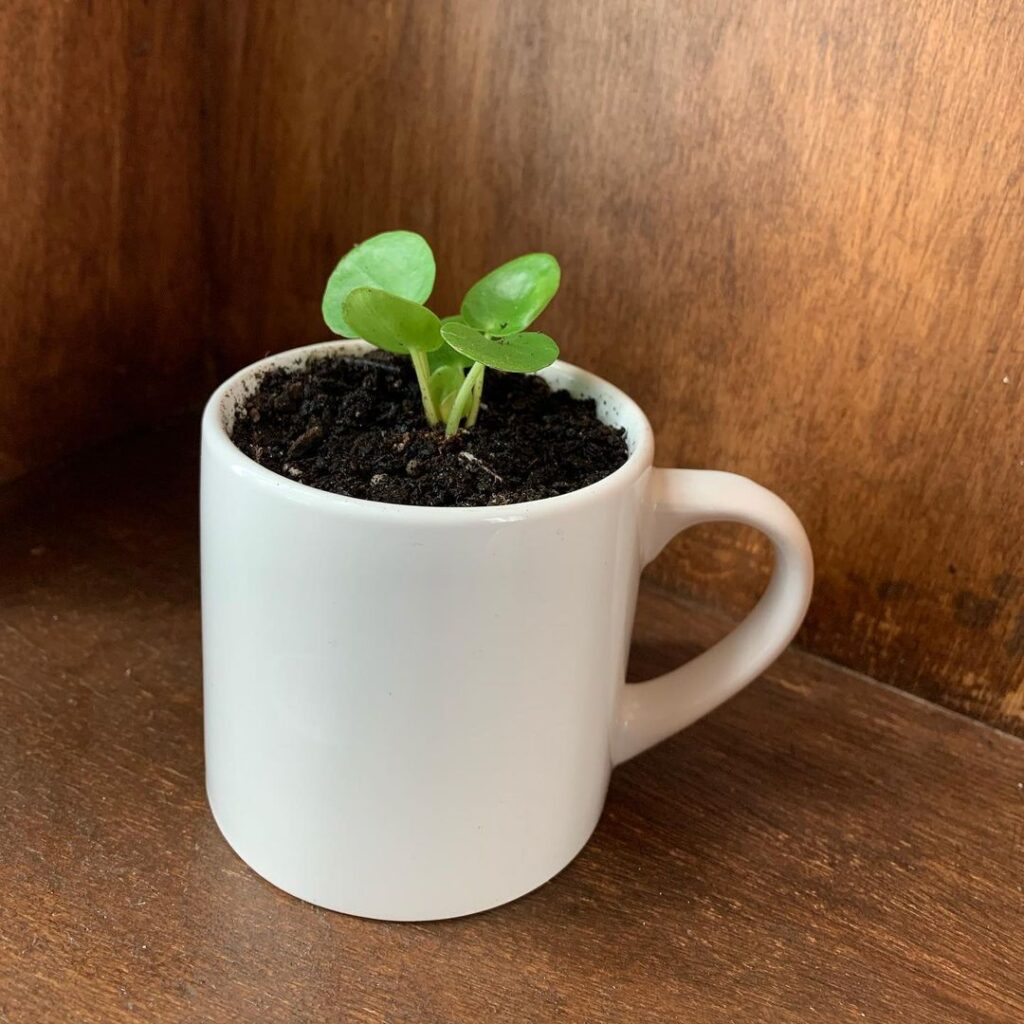
FAQ
Why are my Chinese Money plant leaves dropping?
The main reason is the excess of water. Excess moisture retention in the soil contributes to the plant losing its basal leaves.
Why are my Chinese Money plant leaves curling?
It is most commonly due to low light, extreme temperatures, or watering problems. It can also be due to nutrient deficiencies.
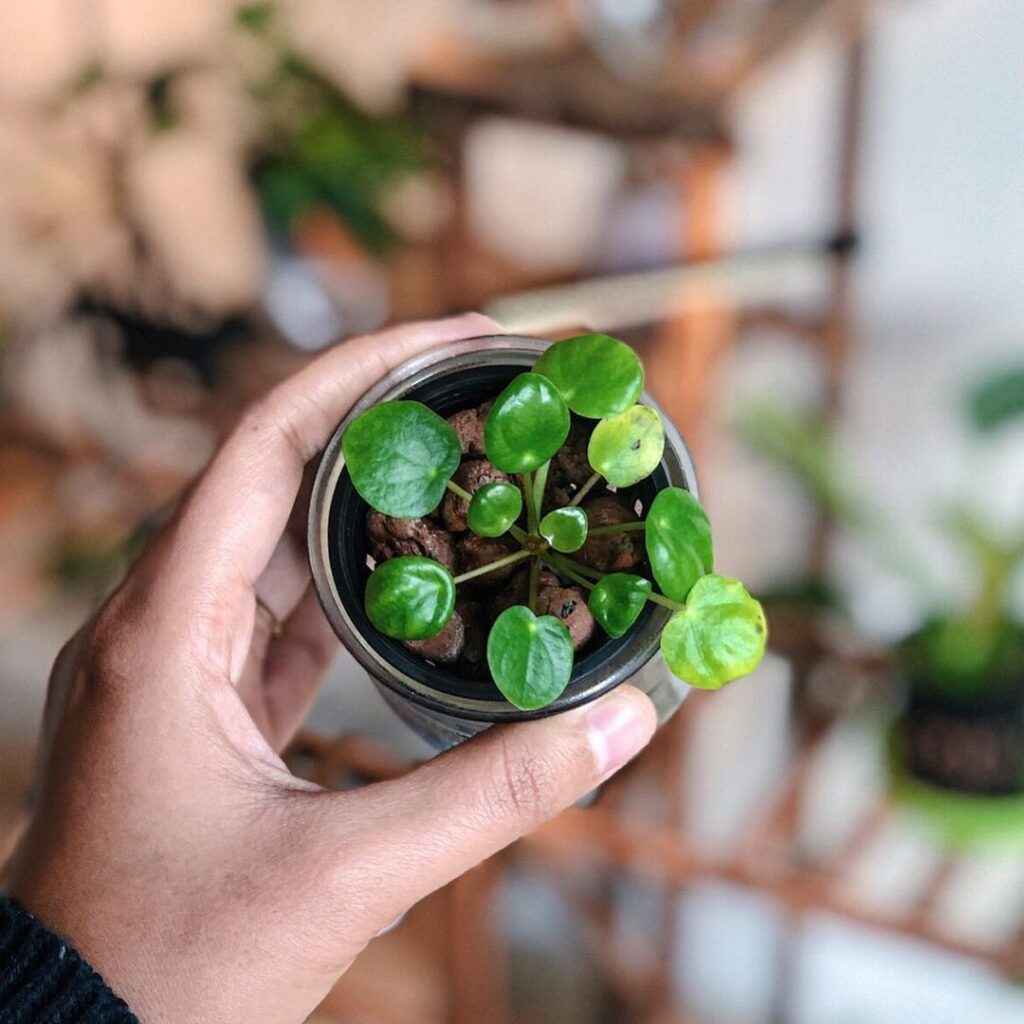
The edges of my plant’s leaves are turning yellow and brown. What can I do?
You must pay attention to watering, perhaps, its root has a lot of water but if the leaves turn brown, the case is the lack of water. The lack of light and nutrients in the soil also causes the leaves to turn yellow and the presence of pests can make the plant sick and turn its leaves yellow.
How often should I fertilize my plant?
It is recommended to do it once but do it twice a month if the plant has babies.
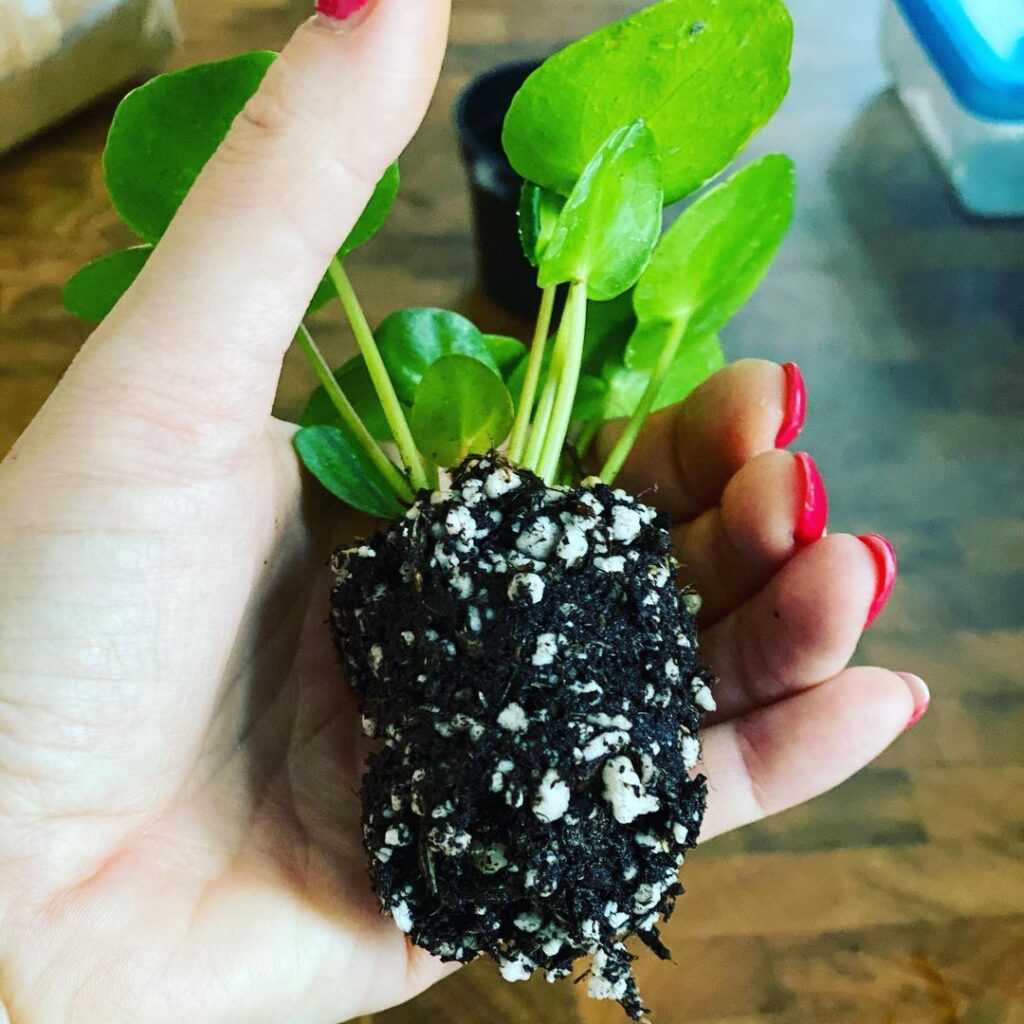
How often does my plant need to be repotted?
There’s no need to repot the plant until it outgrows the pot. It is recommended to do it once each two years.
Why is my Chinese Plant losing saturation in its leaves?
This happens when the plant does not receive enough light and it is not performing photosynthesis correctly.
